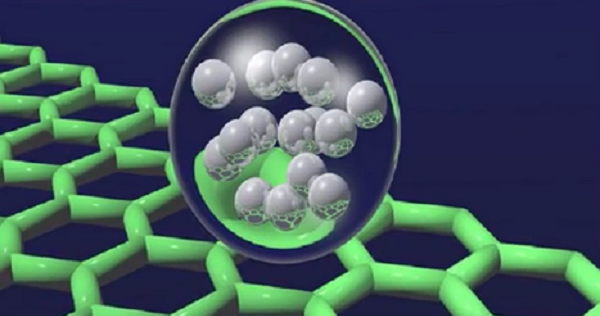
As simplicity in the design of nature correlates directly with eloquence and efficiency, scientists and researchers in the laboratory strive continuously for effective methods of echoing symmetry on an atomic scale.
However, recent computer models and simulations have shown that the introduction of slight doses of chaos into stable systems, may create beneficial results.
Researchers at Penn State University are currently conducting experiments with nanotechnology and the plausible efficacious mechanism of deliberately engineering minute flaws or defects into a single atom layer of graphene. Eurek Alert reports that deliberately produced faults on the molecular level of carbon based graphene material may actually enhance the commercial viability and justify mass production, by creating applications in energy storage, sensor technology and improving solvents for preservation of materials.
The simple and eloquent process of enacting slight and calculated damage on a two-dimensional level is facilitated by firing individual noble gas atoms at the structure’s carbon matrix. Utilizing isolated atoms of helium, argon and xenon, researchers are able to produce a chain of linear chaos on the graphene and a desirable flaw, by literally bombarding and manipulating individual carbon molecules. As the process is conducted with an enhanced level of specificity, the magnitude of created defects can be closely monitored and controlled to maintain the integrity and state of the material. The subsequently modified and flawed graphene can be customized with the introduction of other materials in a process called doping. Researchers are hoping that through doping and ultimately changing the properties of graphene, an array of scientific and commercial opportunities can become feasible.
The main challenge facing theoretical science is of course the inevitable collision course with reality. Within the current state of nanotechnology, the inability to facilitate cost effective and timely mass production hinders any inclination of a feasible commercial endeavor. Until a reasonable cost of materials intersects with a healthy production volume, computer simulations and science fiction will have to suffice as a medium for continued innovation.
Read the full Eurek Alert article here.